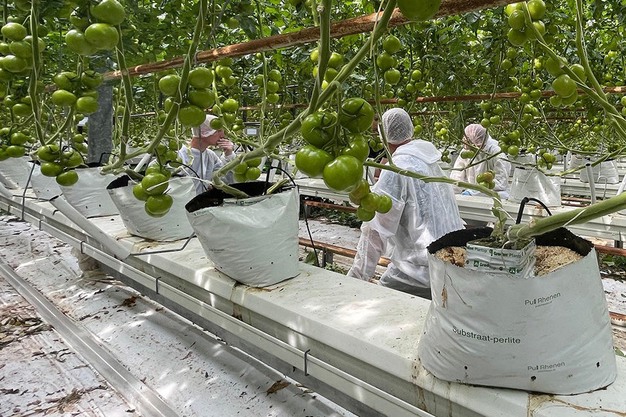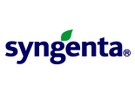Located in Elshout of the North Brabant province of the Netherlands, Rob van de Wiel grows tomatoes. In recent years, Tomato Brown Rugose Fruit Virus (ToBRFV) has spread around the world, including the Netherlands where high-tech tomato production is prevalent. To offset some risk, many growers are looking for ToBRFV-resistant varieties.
Rob van de Wiel's Climundo is on the 4-hectare cultivation farm De Oude Molen in Elshout, which he owns with colleagues Kees and Paul van Rooij. Rob is the cultivation manager at that location. The plants are grafted 1:1 on Kardia rootstock. There are two plants per pot planted directly on perlite substrate. The first bunch was left and immediately after that the plants doubled. The plant density came to 3.52 stems per m2. The clusters are pruned at five fruits.
"ToBRFV resistance was a must," he said. "This resistance is available in several new varieties, and we think it would be irresponsible to choose a non-resistant variety then."

For growers, finding varieties that protect them against ToBRFV is crucial, but not at the expense of other important traits. At Syngenta Vegetable Seeds, we're dedicated to creating ToBRFV-resistant varieties that also contain resistances to other important viruses and diseases, while maintaining fruit quality for the end user.
Maintains High-Quality Fruit
Climundo is an on-the-vine tomato cluster-type suited for fresh market consumption. It finishes at about 150 grams with good setting ability and vigorous flower development. The fruit quality and consistency are key traits for growers when marketing tomatoes, and even with the addition of ToBRFV resistance, these tomatoes maintain the characteristics growers need.
"We find operational reliability more important than the last kilo," van de Wiel said. "And the crop type does suit us. So far, the Climundo is doing what we expect."
Agronomic and Operational Advantages from the Start
While harvest isn't underway just yet, van de Wiel is impressed with how ToBRFV-resistant Climundo is performing so far. The plant structure and initial onset of fruit is proving to be something he likes to see in greenhouses.
"It grows nicely straight, and the leaf length is not too long," he said. "The crop stays nice and open and I like that. Threshing and turning in is easy and flowering is nicely regular."
With the first harvest coming up, van de Wiel also already has good idea of the quality of the bunches.
"These look nice and regular with few lumps," he explained. "The coarseness also seems okay and the firmness we have already experienced in the demo greenhouse. With the shelf life, of course, we have no experience ourselves yet but the information we got from others about this inspires confidence. We were looking for a quality variety that holds up well in the chain and looks nice for a long time."
Harvest-ready, protected tomatoes
The yield of the Climundo remains to be seen for van de Wiel, but that is not the only varietal characteristic that counts for him."I want to be a reliable production partner for my buyer," he said. "Besides good production, I therefore also consider a healthy crop with a lot of stamina important. Climundo is not the fastest, but we saw a nice crop stand at the end of summer in the demo greenhouse last year and it goes on for a long time at a rate of about 0.75 trusses a week. I just want to deliver good quality tomatoes all year round. And so far, the Climundo has lived up to my expectations."
For more information:
Syngenta
www.syngenta.com
